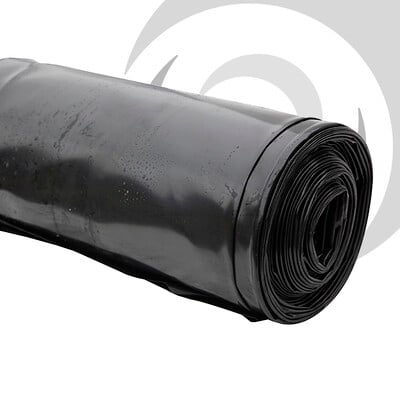
Geotextile membranes are designed to be porous enough to allow filtration (6-30%) while retaining soil. Non-woven geotextiles are usually white with a higher level of permeability. They are ideal for lining land drains and soakaway crates to reduce the risk of debris or silt entering and causing blockages.









Visqueen Urban drainage geomembrane, 0.5mm thick, 4m x 12.5m roll
What is the difference between geogrids and geotextiles?
Geogrids have a coarse, mesh-like construction whereas geotextiles are finer, woven or non-woven membranes.
Geogrids are used for reinforcement in constructing retaining walls, embankments and roadways, spreading localised pressure on softer substrates over a wider area.
Geotextiles are used to separate different types of soil or aggregate. One example of this is preventing a road base aggregate from sinking into a softer subsoil.
Woven geotextiles offer greater strength and burst resistance and are impermeable to water. This makes them ideal for use where water penetration might result in soil erosion and to contain water in attenuation systems.
Non-woven geotextiles are used where water permeability is required as well as soil separation. One example of this use is wrapping soakaway crates to allow water to seep out into the soil while preventing soil from entering the cage.
Help & Advice
Related articles
Delivery options
Enter your postcode for delivery timescales, accurate stock levels, and your nearest depot






